Find out how to knit using the continental style! Ideal for left-handed knitters and colourwork, the yarn is controlled from a different direction and involves fewer hand movements.
Holding the yarn
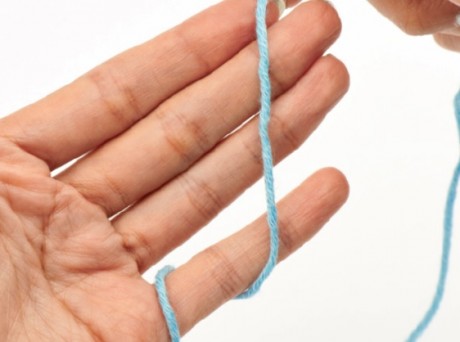
The big difference between the two styles is that in continental knitting, the yarn is tensioned with the left hand. To do this, wrap the yarn around your little finger, then feed it under your ring finger and middle finger, then use your index finger to keepthe yarn taught.
Knitting
In English knitting, you use your right hand to wrap the yarn around the RH needle. This is known as ‘throwing,’ or more advanced English-style knitters will flick the yarn around the needle, again using the right hand. In Continental knitting, you use a technique known as ‘picking’ and it’s more to do with the movement of the RH needle, rather than what you do with the yarn.
Step one
Keeping the yarn tensioned with the index finger of your left hand, insert the RH needle into the stitch kwise and under the strand of yarn.
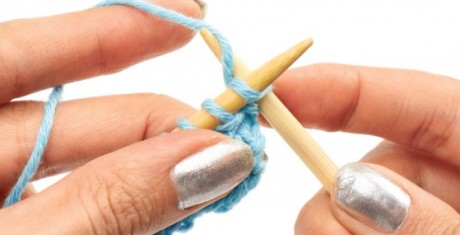
Step two
Catch or ‘pick’ the yarn with the RH needle and pull the strand through the stitch.
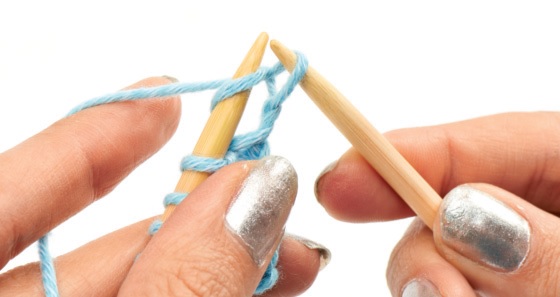
Purling
This is the more complicated of the two stitches and can take a lot of getting used to. Again, you are tensioning the yarn with the left hand.
Step one
Hold the yarn in front of the sts on the LH needle and insert the RH needle into the stitch pwise and under the strand of yarn.
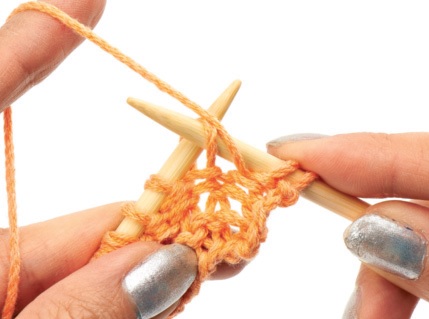
Step two
Move your left index finger down to wrap the yarn around the tip of the RH needle, then use the RH needle to hook the yarn through the stitch.
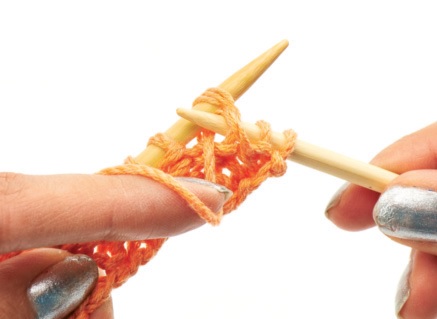
The continental method is great for Fair Isle, as it allows you to control both colours at once. The important thing is to keep practising but don’t worry if you find the English method easier - always do whatever works best for you!






_333_180_c1.png)
_333_180_c1.png)

_333_180_c1.png)
 Baby
Baby
 Toys
Toys
 Garments
Garments
 Crochet
Crochet
 Homewares
Homewares
 Dolls
Dolls



Share